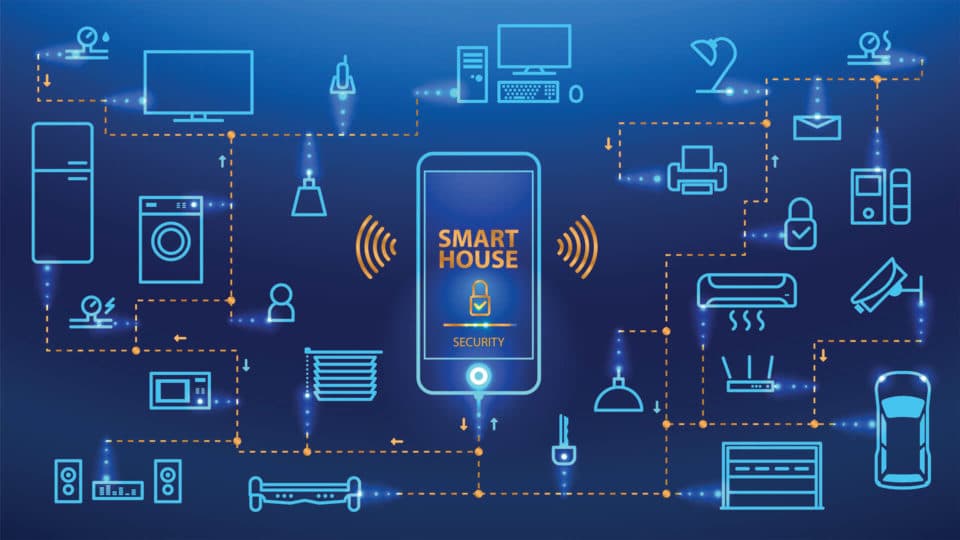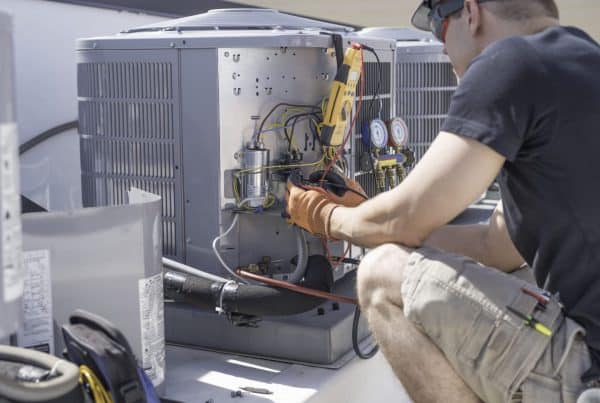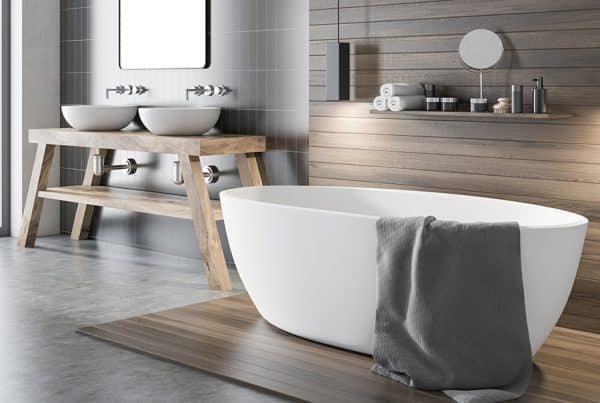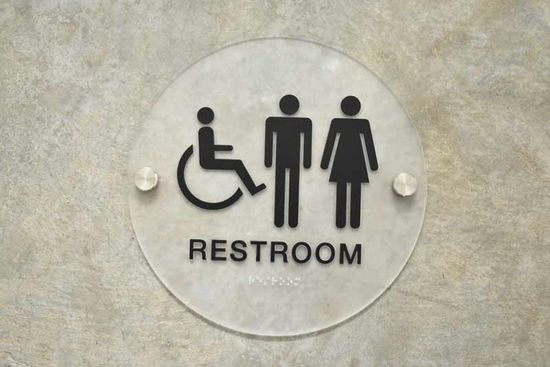As of 2021, most Americans have heard of home automation. And many believe that this is a relatively new concept. But believe it or not, home automation devices were first introduced in the ‘60s.
In 1966, Jim Sutherland of Westinghouse introduced the ECHO IV which was able to control certain appliances, adjust the temperature, and store data for shopping lists and recipes. But the “smart home” wasn’t really a concept until the mid-1980s with the development of motion sensors, automatic garage doors, and a host of other devices.
However, today it’s estimated that by 2025, roughly 25 percent of households across the world will be considered smart homes. And this trend is projected to continue as technology becomes more user-friendly and readily available.
But what exactly does home automation include in 2021? In the following article, we’ll explore a few details that you should know about smart tech making its way into homes today.
Smart Security
Perhaps one of the big advantages of having smart tools incorporated into your home concerns security. And this is actually an area where owning smart devices can save you big money.
On average, it’s been estimated that you could save up to 20 percent on home insurance by having monitored safety devices or other smart security tools installed. And with the high cost of home insurance prices in 2021, this is an attractive option to consider for many prospective homebuyers across the country.
In addition, smart security devices (even smart doorbells) can greatly reduce the likelihood of home burglary attempts, and mitigate the risk of you becoming a victim of theft or other property crime. And monitored home video surveillance systems offer added protection, especially in the case of violent crime for those who live in high-risk communities.
Virtual Assistants
A virtual assistant can help you with “virtually” anything. But these tools are more geared toward controlling appliances and entertainment media.
Picture this: It’s game day. And you’re busy moving from room to room, finishing up home projects, or cleaning up after the kids. Your virtual assistant can remind you of your favorite games and access your sites for streaming sports, allowing you to stream your games in any room with a TV.
In addition, your virtual assistant can also be your own personal “DJ,” able to play your favorite tunes throughout a home speaker system, or via the assistant speaker.
And while your virtual assistant is busy handling your entertainment needs, it can also adjust lighting, control the temperature, and operate select appliances within the home.
Home Automation Risks
Unfortunately, with convenience also comes a bit of risk as well. And this is due to the nature of wireless technology and its vulnerability to cyber-attack.
Studies have shown that at least 40 percent of all smart homes have at least one home automation tool which is susceptible to cyber-attacks. And unfortunately, the most vulnerable device within the home isn’t even considered “smart” in the contemporary sense.
Your home router is the most vulnerable to cyber-attacks, and this is incorporated into roughly 60 percent of all homes today. When the router is used to network smart home devices, this can give hackers a way inside your home with the ability to manipulate your settings, your security system, and even download sensitive information such as financial data.
With the rising growth in smart home technology and the adoption of this technology into homes across the world, studies indicate that smart home cyber attacks will continue to rise over the next decade.
Our technological advancement increases every year. And while most people of the civilized world still live in traditional homes, the rate of technological development suggests that within a century, nearly all homes will be “smarter” in some way. But while we add convenience we also sacrifice privacy, and this is one element that anyone looking into home automation should consider.








